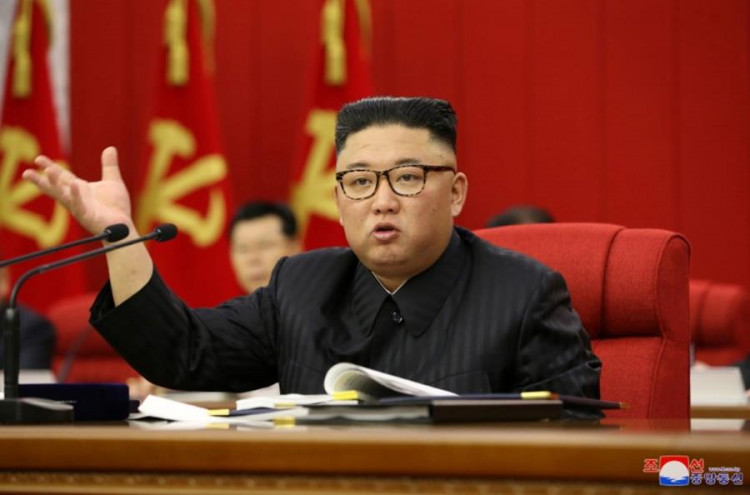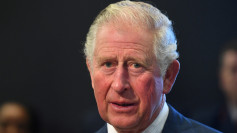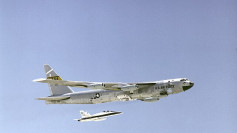North Korea's latest attempt to showcase its naval modernization ended in embarrassment Wednesday when a 5,000-ton warship collapsed during its launch in front of leader Kim Jong Un, who labeled the incident a "criminal act" and a blow to national dignity. The vessel, believed to be Pyongyang's largest destroyer to date, was severely damaged after it prematurely slid sideways into the water, crushing sections of its hull, according to state media and South Korean military officials.
The accident occurred at the northeastern port of Chongjin and marks a rare public admission of failure by North Korea. "Kim Jong Un made stern assessment saying that it was a serious accident and criminal act caused by absolute carelessness, irresponsibility and unscientific empiricism," the state-run Korean Central News Agency (KCNA) reported Thursday.
South Korea's Joint Chiefs of Staff (JCS) spokesperson Lee Sung-joon confirmed that the warship was now lying on its side in the water. No casualties were reported, and North Korea did not immediately release images of the accident.
U.S. maritime experts said the nature of the damage could be "catastrophic." Sal Mercogliano, a professor at Campbell University, explained to CNN, "If the ship does not move together, the stresses will tear the hull apart." Retired naval officer Carl Schuster added the failure could "warp the hull, induce cracks and (possibly) snap the keel depending on where the greatest stress falls."
Kim, furious over the incident, assigned blame to multiple agencies, including the Munitions Industry Department, Kim Chaek University of Technology, and the central ship design bureau. He ordered that the destroyer be restored before the ruling Workers' Party's plenary session in late June, calling the effort "not merely a practical issue but a political issue directly related to the authority of the state."
But military analysts doubt North Korea can meet that deadline. Retired South Korean Admiral Kim Duk-ki noted the absence of a dry dock - a basic necessity for recovering and repairing such a large vessel. "Dry dock is an expensive facility, and North Korea probably doesn't have one... It's easy to repair a ship in a dry dock after draining water, but they don't have the facility," he told CNN, estimating that restoration could take four to five months.
A South Korean defense analyst and lawmaker, Yu Yong-weon, said the hasty launch likely contributed to the failure and warned that rushed repairs could lead to further damage.
The destroyer, unnamed in reports, was to be the second major surface warship launched in recent months, following the April unveiling of the Choe Hyon, described by state media as a "new generation" destroyer intended to bolster North Korea's maritime readiness amid what Pyongyang calls growing threats from the U.S. and South Korea.
Satellite imagery from earlier this month, analyzed by 38 North, showed the destroyer poised for a side launch - a cost-effective but riskier method, especially for vessels of such size. North Korea's lack of space or slope at its shipyards may have left no alternative, analysts said.
"The fact that this kind of accident occurred and became public would be deeply humiliating for North Korea," said Yang Wuk, a military expert at the Asan Institute for Policy Studies. The launch mishap, he added, casts serious doubt on Pyongyang's ability to scale up its navy.
Questions also linger over the destroyer's actual capabilities. Mercogliano pointed out that North Korea's state media has released no images of the ship underway, raising speculation about whether it even had engines installed. KCNA said an investigation team had been formed, and senior officials may face censure during the upcoming party meeting.






